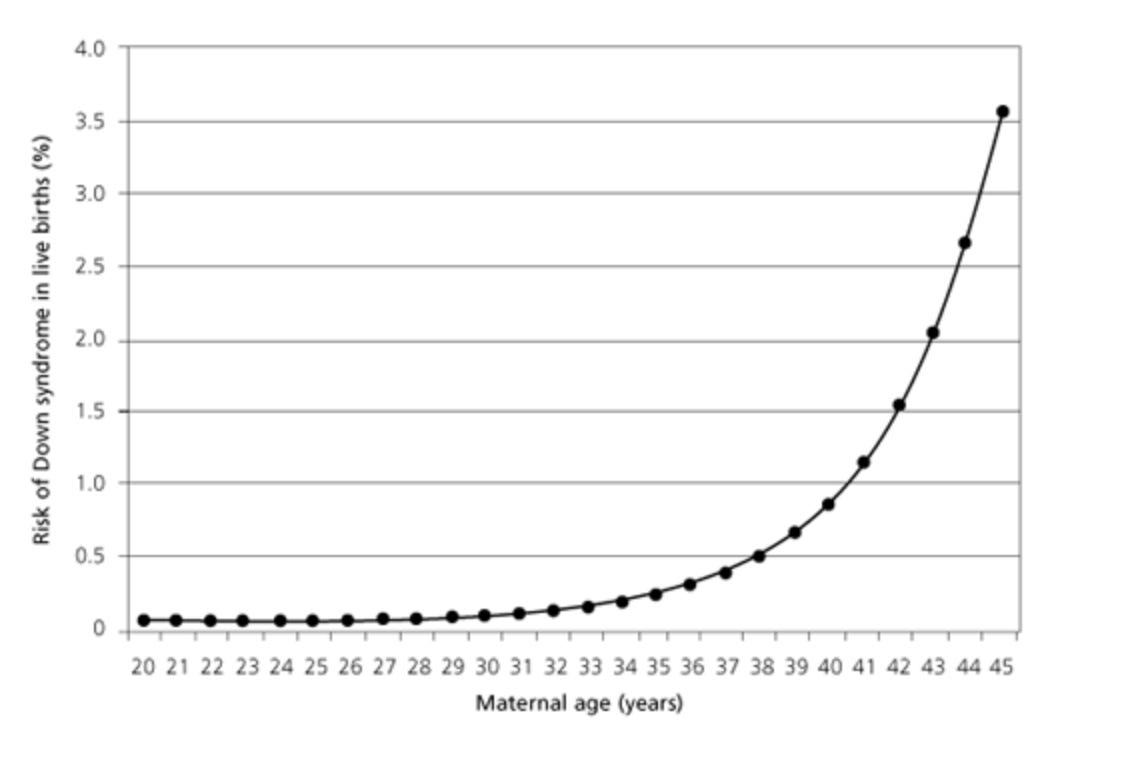Opportunity Knocks # 118 - Where have all the Catherines gone? (On Down syndrome, disability, and community)
Every week I share reflections, ideas, questions, and content suggestions focused on championing, building and accelerating opportunity for children.
For me, summer is nostalgic. It brings back the smell of low tide at the Jersey Shore, sharp and tangy, feels like the shockingly cold water of a rocky Vermont mountain creek, and tastes like sweet Jersey corn. Inevitably, my nostalgia leads me back to my days as a young summer camp counselor, one of my first jobs, where I confidently pretended I knew what I was doing. I did not know what I was doing.
The camp wasn't just the birthplace of my summer romance with the beautiful lifeguard (now my wife!) or the launch pad of those endless, lazy post-camp evenings spent with fellow staff sneaking sips of cold beers; it was also my first sustained experience with kids, lots of kids, lots of loud, energetic kids, for extended periods.
Amidst camp’s daily controlled chaos and laughter, there was Catherine, my favorite camper. She was young, probably six, yet she commanded the respect and laughter of my group of rising, generally unimpressed, fourth-grade boys. Catherine was plucky, fearless when tackling new activities like street hockey, and unfailingly kind, befriending everyone at camp, from counselors to the maintenance crews that managed the bucolic grounds. She also happened to be a person with Down syndrome (DS). Of course, Catherine was one child, and even though her unique personality left a lasting impression on me, I don’t mean to generalize her or my experience with her.
I've been thinking about Catherine not only because it’s summertime, but because I overheard a child casually ask their family, “What's Down syndrome?” I then asked my oldest daughter the same question (she did not know). So, I was left wondering whether it was my glaring parental oversight or something more profound: maybe there aren't as many children like Catherine around these days? Or, maybe our physical communities aren’t as inclusive as they once were?
I checked out trends in births of children with DS in the United States, and there's a nuanced story about this remarkable population of people. First, it must be noted that comprehensive national data remains elusive (there is no population-based database of people with DS in the United States). Without consistent, detailed data, fully grasping the population’s changing dynamics remains difficult. This critical data gap is one policymakers and researchers should address.
But, based on available data, here’s what we know.
The United States is experiencing a decades-long decline in birth rates.

Confirmed data shows a modest but consistent increase in annual live births of children with DS over the past several decades. In absolute numbers, fewer than 4,000 children with DS were born in the United States in 1974, increasing gradually to around 5,700 annually in recent years. These numbers require careful context. The rise isn't because DS itself is becoming more common biologically; rather, it reflects a significant demographic shift: women are increasingly having children at later ages, and advanced maternal age is a risk factor for DS. Here is the trend line in average maternal birth ages over the last decade.

And, below is the estimated risk of DS associated with maternal age based on data from a seminal study on the same.

The increasing accuracy and availability of prenatal screening, and the personal choices expecting parents make as a result, have influenced how many children with DS are born, as the chart below highlights.

So, the way I read the data is that although births of children with DS remain a very small fraction of total births in the United States, they now occupy a slightly larger slice of the shrinking overall birth pie.
However, one might feel about this issue, and there’s no doubt many hold strong, deeply personal feelings, the reality that the demographic trajectory of individuals with DS is shifting, produces profound societal questions about disability, inclusion, and the kind of support all families deserve, regardless of the profound personal choices they make.
So, returning to the question that inspired this reflection, are there fewer children with DS now, or was my daughter’s lack of awareness highlighting my parental oversight? Statistically, there aren’t fewer children like Catherine. But maybe our communities have become less visibly inclusive, unintentionally creating fewer spaces where children with DS naturally belong and thrive, as community institutions have collapsed or moved online.
Admittedly, this argument can probably be undercut by the fact that advocacy efforts that have significantly increased public awareness, acceptance, and recognition of the rights and contributions of people with disabilities. So, maybe it’s just that true inclusion, where individuals with disabilities are not merely accommodated but actively welcomed and valued as integral community members, remains a work in progress.
Reflecting again on Catherine, I think she flourished at camp not only because of who she was, but also because our camp treated her not as a person to accommodate, but as an important person in the camp community. True inclusion emerges from countless everyday interactions in spaces like camps, schools, playgrounds, arts programs, and neighborhood gatherings that affirm the inherent dignity and value of every person.
As summer draws me back into memories and reflection, I'm asking myself: How inclusive is our community? And what concrete steps, even small ones, can I take today to ensure all children, like Catherine, have genuine opportunities to belong and thrive?
Until next week, Happy 4th!
Andrew
Opportunities to learn more or support kids with DS:



